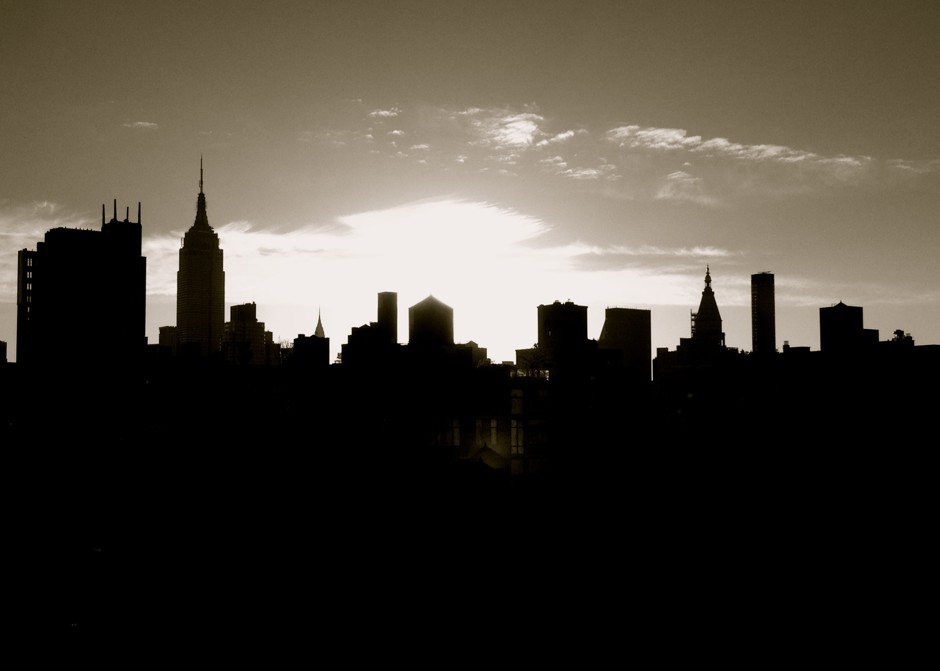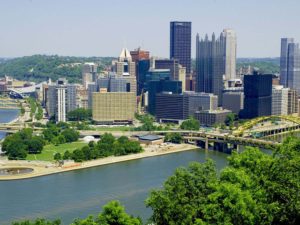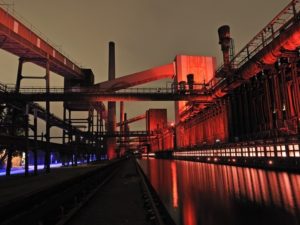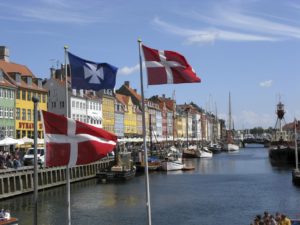
“These days, walking through parts of Manhattan feels like occupying two worlds at the same time,” writes Derek Thompson for CityLab. “In a theoretical universe, you are standing in the nation’s capital of business, commerce, and culture. In the physical universe, the stores are closed, the lights are off, and the windows are plastered with for-lease signs. Long stretches of famous thoroughfares—like Bleecker Street in the West Village and Fifth Avenue in the East 40s—are filled with vacant storefronts. Their dark windows serve as daytime mirrors for rich pedestrians. It’s like the actualization of a Yogi Berra joke: Nobody shops there anymore—it’s too desirable.” “A rich ghost town sounds like a capitalist paradox. So what the heck is going on? Behind the darkened windows, there’s a deeper story about money and land, with implications for the future of cities and the rest of the United States.” “Let’s start with the data. Separate surveys by Douglas Elliman, a real-estate company, and Morgan Stanley determined that at least 20 percent of Manhattan’s street retail is vacant or about to become vacant. (The city government’s estimate is lower.) The number of retail workers in Manhattan has fallen for three straight years by more than 10,000. That sector has lost more jobs since 2014, during a period of strong and steady economic growth, than during the Great Recession.” “There are at least three interlinked causes. First, the rent, as you may have heard, is too damn high. It’s no coincidence that retail vacancies are highest in some of the most expensive parts of the city, like the West Village and near Times Square. From 2010 to 2014, commercial rents in the most-trafficked Manhattan shopping corridors soared by 89 percent, according to CBRE Group, a large real-estate and investment firm. But retail sales rose by just 32 percent. In other words, commercial rents have ascended to an altitude where small businesses cannot breathe. Some of the city’s richest zip codes have become victims of their own affluence.” “Second, the pain of soaring rents is exacerbated by the growth of online shopping. … Walking around the Upper East Side, where I live, I find it striking how many of the establishments still standing among the many darkened windows are hair salons, nail salons, facial salons, eyebrow places, and restaurants. What’s the one thing they have in common? You won’t find their services on Amazon.” “…One might expect that new companies would fill the vacuum, particularly given the evidence that e-commerce companies can boost online sales by opening physical locations. But that brings us to the third problem: Many landlords don’t want to offer short-term leases to pop-up stores if they think a richer, longer-term deal is forthcoming from a national brand with money to burn, like a bank branch or retail chain.” “New York’s problems today are an omen for the future of cities. … What happens when cities become too expensive to afford any semblance of that boisterous diversity? … In Jane Jacobs’s famous vision of New York, the city ideally served as a playful laboratory, which nursed new firms and ideas and exported its blessedly strange culture to the world. Today’s New York is the opposite: a net importer of the un-weird, so desperate to bring in national chains to pay exorbitant leases that landlords are willing to sit on barren blocks.”







